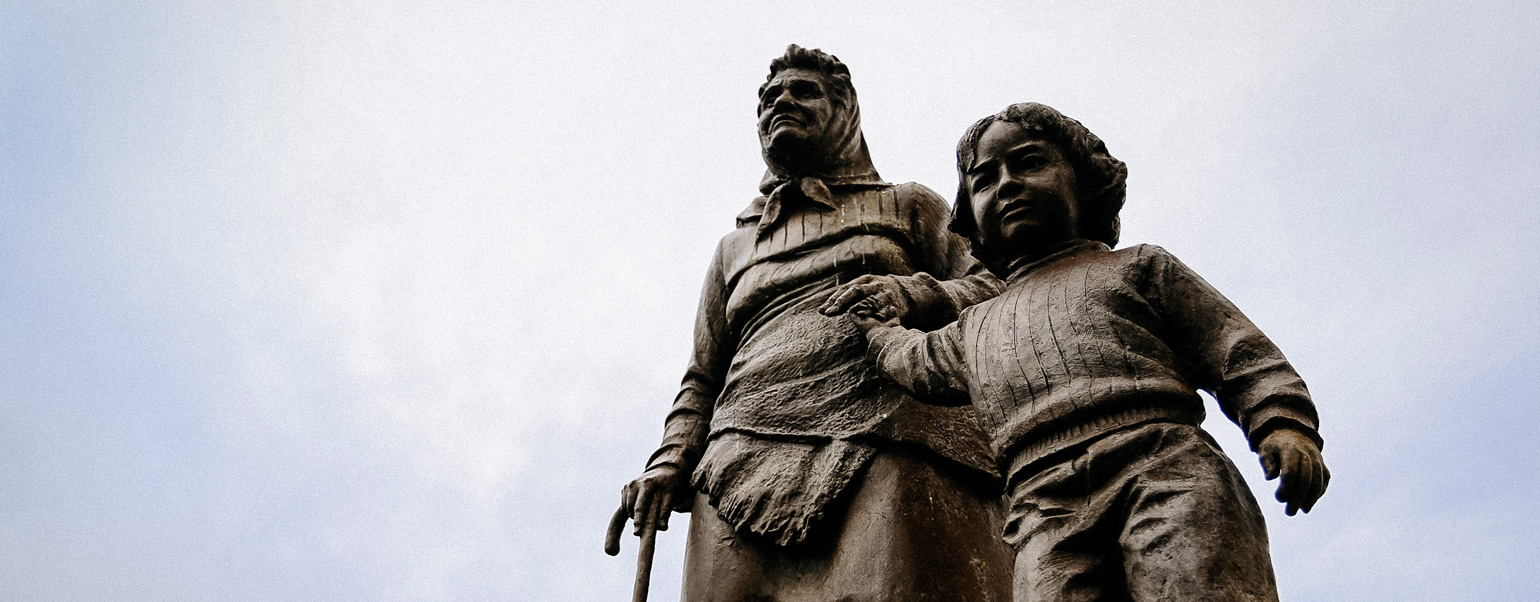Education and skills
Our education system needs to nurture our taitamariki in a way that equips them with the tools they need to pursue their aspirations. The responsibility on government and education partners is to meet taitamariki where they are at, respecting their agency while creating pathways through which their potential can be amplified. The RSLG has a role to play in achieving this – our mandate is to identify where change is needed, through insights and advice, to achieve wellbeing for our people through a highly skilled labour market.
On this page

Photo credit: Northland Inc.
What barriers do our ākonga face?
Poverty is a barrier for our taitamariki
In our geographically dispersed and remote rohe, travel is expensive. The cost of child and whānau care also poses a barrier. Our digital connectivity does not have the stability or reach to service our people. These challenges are particularly felt by Māori, Pasifika, and disabled persons, especially those living remotely.
Ākonga are not being equipped with the correct subjects to pursue the careers they want
Stakeholders and data indicates ākonga are not continuing with science, technology, engineering, arts and maths. Our current system places ākonga in a position where bridging courses are then needed, which adds additional cost and time to their qualification journey.
What is the way forward?
Provide support that is tailored to our regional and local needs
Digital connectivity remains a significant challenge for education. An initiative that aims to address this is the Government’s Remote Users Scheme: which provides one-off grants of up to $2000 to support households that do not have connectivity
Remote Users Scheme(external link) — Crown Infrastructure Partners
The role of early career advice cannot be overstated
Adequate and tailored career and pathway planning is needed to ensure our taitamariki are equipped to fulfil their potential. Good practice includes programmes such as Education to Employment (E2E) where local businesses are actively connected to school teaching staff and career advisors, and Te Mahere Whai Mahi, the Māori Employment Action Plan an all of government strategy, which focuses on tailored careers advice for ākonga.
Helping People from Education to Employment(external link)— Education to Employment
An improvement that can be made would be putting in place a mechanism for careers advisors at the secondary school, tertiary and workplace levels to communicate with and support one another.
Mahi that demonstrates this approach is being led by NorthCATE. NorthCATE is hosting the National CATE Conference in late November, in Whangārei with upwards of 900 delegates expected.
Kura are better than mainstream education at serving our taitamariki Māori needs
Recent data released by Kura Kaupapa suggested that 58% of Māori ākonga left with NCEA Level 3 at Kura, compared to 35% in mainstream education. The evidence indicates that while Te Mahau, Ministry of Education are committed and working hard alongside our ākonga to address the challenges raised above, mainstream education is not designed for our Māori ākonga. A claim asking for the establishment of a Ministry of Mātauranga Kaupapa Māori is currently being heard under urgency by the Waitangi Tribunal.
Getting foundation skills right for our ākonga will position them to take advantage of the opportunities created by the vocational education reforms
Te Pūkenga has expanded its geographic region (Mai Tāmaki ki te Rerenga wairua, within which Te Purunga ki Te Raki resides) alongside importing programmes from the national network. Providing the courses locally breaks down access barriers caused by distance, unreliable infrastructure and costs of moving across country. For example, Te Pūkenga, through a ‘lift and shift’ tailored approach will be bringing Otago’s occupational therapy programme to Taitokerau. This programme will be re-designed to suit local needs, with an emphasis on Mātauranga Māori. Te Pūkenga has indicated there is potential to duplicate this approach for green skill programmes, early childcare training, dental therapy, medical imaging and phlebotomist training.
Ensure creative qualifications are available at every level of the tertiary sector so that we position our taitamariki to take advantage of the active recruitment for creative skills
Many sectors now recognise that those with creative skills are able to look differently at persistent challenges and develop innovative solutions. Creative industries can play a critical role in building more resilient, sustainable and inclusive economies.
Many of the creative industries rely on digital technology (e.g. gaming, screen, etc.). This makes the rationale for digital inclusion more compelling, as addressing this barrier would open up pathways across many other sectors.

Photo credit: Chris Williams
Kaupapa
Review the outcomes on raising learner achievement with a continuous focus for Māori and all learners outlined in the Education Work Programme; identify which actions are most relevant for our region, what are priorities, and what is missing.
Champion education with industry/ business interests to further better education pathways for our region’s people.
Support barrier-free access to training opportunities regardless of where students live.
(external link)Hīkoi
RLSG secretariat has collaborated with industry, employers and industry bodies to better understand the education needs for the region and has provided this detailed advice to the Tertiary Education Commission (TEC). The aim of the advice is to increase funding for education and improve outcomes, particularly for taitamariki and the Māori workforce.
RSLG secretariat hold regular hui with the sector to better understand the context for learning with an emphasis on secondary schools and maintaining enrolment in STEAM subjects, especially for taitamariki, and Māori workforce, given the need for these skills within the region.
Education to Employment (E2E) (a cross sector collaboration) hold regular events with the RSLG secretariat to better understand the education and employment challenges faced in the region.
Helping People from Education to Employment(external link) — Education to Employment
Over 120 teachers were booked into a Teacher Only Day hosted by Bay of Islands College at Kawakawa with the support of industry to inform and increase teachers’ knowledge of industry and emerging careers.
RSLG secretariat hosted a tertiary provider hui with a quarterly hui planned. This is an opportunity for pathways to be mapped across providers so that more ākonga can be served across the rohe.
(external link)Kaihoe
- Te Pūkenga
- Local iwi and hapū
- Industry
- Tertiary Education Commission
- Ministry of Education
- Private Training Establishements
- Workforce Development Councils

